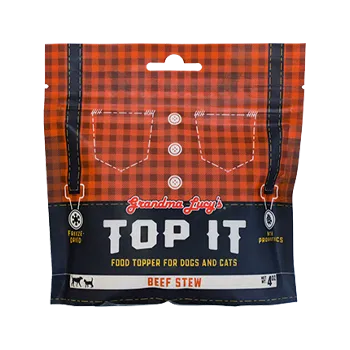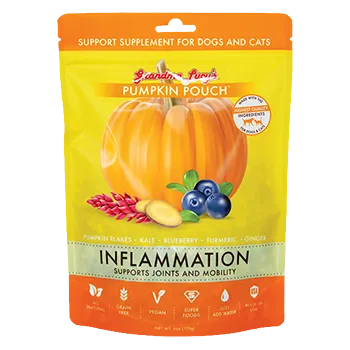Having a new puppy in the house is both exciting and a little intimidating. If this is your first pet, or your first time raising a puppy, then you may be wondering when you can finally take your puppy to the dog park?
The little ball of energy is starting to feel cooped up, and the earlier you can begin to socialize them, the more confident he will be when he’s older.
Before you head for the park, there are many things that you need to consider; things that affect both your puppy’s safety and comfort, and the safety and comfort of any other people or animals that you may encounter on your adventure.
Before Your Puppy’s First Outing
Taking your puppy out to show them off can be fun, but before you introduce them to the world, you need to make sure that they are ready. The world is full of danger, and going through the proper steps will ensure that your puppy will be as safe as possible.
The Importance of Vaccinations
Vaccines are designed to protect your pet from infectious illness, as well as to protect the herd immunity.
Herd immunity refers to the protective ability of a large portion of a population, in this case, dogs, being vaccinated or immune to viruses and bacteria. When the majority of the population is vaccinated, then it is much more difficult for a virus or bacteria to spread in that species.
Before you take your adorable, but very susceptible, puppy out in public, you need to make sure that they can neither catch preventable illnesses nor spread sickness to other dogs.
Core vaccines are recommended for every puppy. These vaccines protect against the most common viruses, bacteria, and other disease-causing organisms. There are four core vaccines for dogs:
- Canine Distemper
- Infectious Canine Hepatitis
- Canine Parvovirus
- Rabies
All of these vaccines are very effective, but are not a 100% guarantee. Immunocompromised dogs, young puppies, and those in poor health may not be completely protected. Talk to your vet about your puppies vaccination schedule to ensure that they are protected.
Pre-Socializing
Taking your dog out to meet new friends and explore nature sounds great, but it can be a very overwhelming experience for your young pup. Everything is new and scary. To improve your dog’s first impression of the world, you’ll need to do some prep work.
Make Some Local Friends
First of all, taking your dog to a park filled with other dogs means that they need to be able to introduce themself safely. Before your dog can socialize on the grand scale, they need to have some experience socializing.
Dog parks are not the best place to teach your dog how to act around other dogs. They are crowded, distracting, and can cause more fear than fun if your dog is a newbie. Try letting your dog interact with a friend or neighbours dog, one that has been fully vaccinated.
Take small steps and begin with short one-on-one playtime, then move up to longer playdates and introduce toys and food to teach your puppy to share. This will allow you to teach friendly and healthy behavious. It will also help you work on vocal commands and training when other pets are present. They can be very distracting.
Doggy Daycare is a great next step towards socializing your puppy. Once your dog is accustomed to playing with a few friends at home, then find a dog daycare that offers small group play. It is a great way to socialize in a new, but controlled environment.
Keep in mind that dog daycares require full vaccinations, so this step will have to wait until your dog is closer to 5-6 months.
Work on Recall
If your goal is to hit up your neighbourhood off-leash park, then you need to be sure that your dog won’t take off on you. This training can start as soon as you get them, and in the comfort of your home.
Here are some steps you can try to make sure your dog’s recall is dog park ready:
- Teach simple commands like “come” or “stay.” Use treats, toys, or praise to encourage your dog to respond to these vocal commands.
- Start only a few feet away and begin to put more distance between you and your pup.
- Play a game. Make sure your dog is excited. This will help your dog learn to recall even when they’re having fun.
- Once you’ve mastered the living room, move to the back yard. The larger space will allow you to put more distance between you and will have different audible and visual distractions.
- Adding other pets or people into the mix can increase the distraction, so when you feel your pet is ready, you can try your recall commands with these distractions to test your pup's listening skills.
Puppies First Trip to the Dog Park
You've done the work. Your puppy is vaccinated. You’re ready…
It’s time to find the right dog park. For your first trip, you’ll want to find a place that you feel comfortable in. Look for smaller parks, preferably ones that are fenced in. This will allow your pup to explore the space, but stay in your sight at all times.
If this is not an option, it’s a good idea to walk the perimeter of the dog park before you bring your pup. This way, you can be aware of the terrain and take note of any exits, especially those that lead to roads or private property.
The best way to make sure your first experience at the dog park is a positive one, you need to make sure you come prepared with all the right tools. Here are some must-have dog park items for first-time visits:
- Bring your leash. You’ll need it to get your dog from the car to the park or house, but make sure that you carry it with you. Not only could you need it if you end up needing to remove your dog from a situation, but most dog parks require you to carry your dog's leash at all times.
- When at the park, your dog must be wearing his collar. This will help you wrangle your dog if needed, but will also hold his city licence and any other tags that are required by your province or municipality. If you get caught without them, you could be facing a hefty fine.
-
Poop bags are vital. All that running and playing is likely to work something out of your pup. It’s not only a common courtesy to pick up after your dog, but it is a bylaw. If you fail to pick up your dog’s poop and properly dispose of it, you could get a ticket.
- Fetch is a favourite at the dog park. Many dogs will race to catch the same ball, even if it’s not theirs. Make sure you bring some cheap balls or frisbees and don’t get offended if you lose one. This will also help give your dog an activity to focus on that can be either solo or done in a group.
- You don’t need to carry this on you, but having a small first aid kit in the car is a good idea. You never know what can happen at the dog park, or what your pup will run into or over. Scrapes, cuts, and bug bites happen all the time, so having an easy way to disinfect a small wound can save your dog from getting an infection.
- Bring towels, blankets, or dog wipes in the car. Rain or shine, dogs have a unique ability to get dirty when they play. You will likely need to do a quick clean up before letting your dirty pooch back in the vehicle.
- If treats were part of your recall training, then make sure to bring an ample supply with you to the park. Yes, you will catch the attention of other dogs, but you will also have something to offer your dog when you recall them. Your recall training should continue just like it did at home. You're just in a larger, more distracting environment.
- A treat pouch is a great tool to keep your pockets clean and hold a variety of different treats. This makes your treats to be quickly available when you need to show praise
High Value Treats For A Reward

When you take your puppy to the dog park for the first time, this could be a great opportunity to train and have them learn good behaviors. A great way to train your pup is to incentivize them with a high-value treat. A great example of a high-value treat would be something that has limited ingredients or just one ingredient.
Grandma Lucy's offers a variety of flavor option for their Single-Ingredient Treats. The flavors include:
Encounters at the Dog Park
The last thing you want to think of is a bad experience at the dog park, but stuff happens. Whether your dog meets some wildlife or runs into a dog (or person), that isn’t very well socialized, you need to be able to handle the situation in a way that keeps you and your dog as safe as possible.
Wildlife
If your dog sees a rabbit or a squirrel, chances are their recall is going right out the window. They probably won’t catch it, but you want to avoid them chasing the animal too far away from you.
Your best bet is to make lots of positive noise. Do whatever you can to get your dog's attention. Ask them to play, follow, offer treats, and make sure they know you are calling for them. It may give the animal a chance to escape, and allow you to catch up to your curious little hunter.
Of course, not every animal they run into is as harmless as a rodent. You could run into coyotes, porcupines, or even a moose depending on where you live. This is not a situation that you or your puppy wants to be in, so act preventatively.
Keep your dog within your sight and call him back if they are heading towards a wooded or covered area. Most wildlife is less likely to come out in the open at a dog park where it could be cornered by multiple dogs.
Dog Fights
Even well-socialized dogs can get into a tiff with their dog park buddies. Someone sniffs the wrong butt or tackles too rough, and the teeth come out. Breaking up a dog fight is dangerous, so make sure that you avoid physically blocking or separating two dogs if you can.
To start, try to recall your dog. Whether or not it works, your dog knows that you are near. Next, make a loud noise. Clap, whistle, or yelp to try to break the attention of both scrapping dogs. This should also alert other dog owners, and hopefully the owner of the other dog who may be able to recall their dog.
Dealing with Other People
It would be nice to say that everyone has common sense, but we don’t live in a perfect world. You will eventually come across someone who doesn’t understand or respect your dog’s boundaries.
It’s frustrating when a parent tells a child to pet your dog without asking, or they themselves approach your dog too emphatically. While many well-socialized dogs don’t mind the attention, for a young puppy just getting accustomed to the dog park experience, it could be scary and intimidating.
You need to make sure that they know that your dog needs to be approached slowly. Be clear and firm, but stay friendly. Here are a few examples:
- “If you’d like to pet my dog, go ahead, please just approach him slowly.”
- “It’s his first trip to the dog park, and he’s a little overwhelmed, please let him come to you.”
- “She’s a little shy, can I give you a treat to feed her?”
All of these will give the person a chance to stop and think about how they are approaching your little pup and will give you time to get a little closer.
Not everyone will be courteous enough to comply, but most dog lovers will understand and appreciate the opportunity to help a new puppy enjoy his first big outing.
Or just recall your dog. It may seem cold, but you need to do what’s best for your puppy. Once your dog is by your side, you can make the offer to allow the person to approach your dog.
Keep Calm and Have Fun
Your first dog park experience may make you a little anxious, but try to have fun with it. You want your puppy to learn proper dog park etiquette, but also to view the park as a safe and enjoyable place.
Be diligent, but don’t let your anxiety or fear keep your puppy from experiencing this new activity. You worked hard to train your puppy. You want to be vigilant, but not restricting.
Accidents happen, playtime can get a little rough, and your dog may lose focus for a bit, but don’t get discouraged. Like any type of training, practice makes perfect.
How are you preparing your puppy for their first trip to the dog park?

























